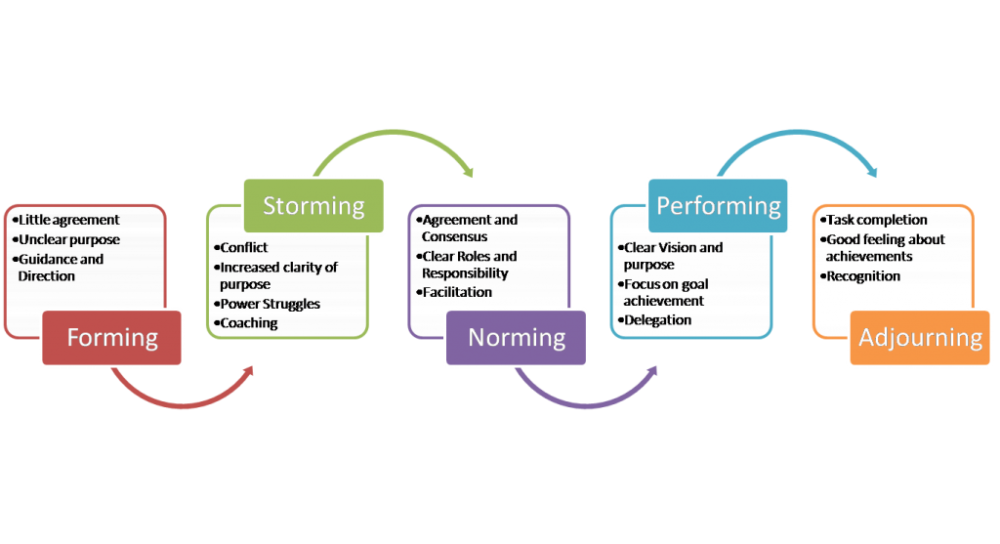Meaning of Organization Organization is the foundation upon which the whole structure of management is erected. Organization is associated with developing an outline where the overall work is divided into manageable components in order to facilitate the achievement of objectives or goals. Thus, organization is the structure or mechanism that enables living things to work together. In a static sense, an organization is a structure or machinery manned by group of individuals who are working together towards a common goal. Examples of organization are Corporations, governments, non-government organizations, armed forces, non-profit organizations etc. The term organization has been used in four different senses; Organization as Framework of Relationships: Organization refers to the structure and interactions among various job positions which are created to realize certain objectives. Organization as a process: Organization is viewed as a dynamic process and a managerial activity which is vital for planning the utilization of company’s Continue reading
Management Basics
Transfer Pricing – Definition, Objectives and Principles
Meaning and Definition of Transfer Pricing Large organizations are divided into a number of divisions to facilitate managerial control. The problem of transfer pricing arises when one division of the organization transfers its output to another division as an input. A transfer price is the price one segment (sub unit, department, division etc.) of an organization charges for a product or service supplied to another segment of the same organization. The transfer from one segment to another is only an internal transfer and not a sale. Transfer pricing is needed to monitor the flow of goods and services among the divisions of a company and to facilitate divisional performance measurement. The main use of transfer pricing is to measure the notional sales of one division to another division. Thus the transfer prices used in the organization will have a significant effect on the performance evaluation of the various divisions. This Continue reading
Stages of Group Development
A group can be defined as two or more interacting and interdependent individuals who come together to achieve specific goals. Although a groups often have goals, but there’s not state that group members must share a goal or motivation. Many people used the word team and group interchangeably, but there are actually many differences between the word team and group. It is much easier to form a group than a team. In group, they could be grouped according to gender, experience, age or other common factors. Although the effectiveness of the group may be variable, but forming a group just based on a certain commonality is not particularly difficult. A group’s strength may come from sheer volume or willingness to carry out a single leader’s commands. On the other hand, a team can be more difficult to form. The members will selected for their complementary skills, not a single commonality. Continue reading
Frederick Taylor’s Principles of Scientific Management
Frederick Winslow Taylor well-known as the founder of scientific management was the first to recognize and emphasis the need for adopting a scientific approach to the task of managing an enterprise. He tried to diagnose the causes of low efficiency in industry and came to the conclusion that much of waste and inefficiency is due to the lack of order and system in the methods of management. He found that the management was usually ignorant of the amount of work that could be done by a worker in a day as also the best method of doing the job. As a result, it remained largely at the mercy of the workers who deliberately shirked work. He therefore, suggested that those responsible for management should adopt a scientific approach in their work, and make use of “scientific method” for achieving higher efficiency. The Frederick Taylor’s principles of scientific management consists essentially Continue reading
Case Study and Different Areas of Management
The cases of management cannot be properly analyzed and solved unless the student has a thorough knowledge of die subject. The cases of General Management may be on the functions of management like planning, co-ordination, organization, control and decision-making. The cases also relate to the principles of management like division of labor, centralization and decentralization of authority, span of control, equity, remuneration, unity of direction, unity of command etc. While solving the case problem the student must be able to know to which function or principle of management the case relates. It will enable the student to analyze the case properly as he becomes clear about what is ‘required “as per functions or principles and what is lacking in the given situation of the case. The cases of Personnel Management relate to recruitment, selection, induction, placement, wage Continue reading
Formal and Informal Leaders
Leadership as the process of influencing people by providing purpose, direction, and motivation to accomplish the mission and improve the organization. While it is a relatively short definition, it implies a lot of action. Look at the action words: influencing; purpose; direction; motivation; accomplish; improve. To define Leadership, means to take action, to get up and do something. It has been observed above that a manager should also be a good leader. But in actual practice, every manager is not able to provide the kind of leadership desired by his subordinates. This gives rise to informal leaders who do not hold any managerial post in the organization. A formal leader, on the other hand, is one who possesses organizational authority to direct and control the activities of his subordinates. He can issue orders and instructions to his subordinates by virtue of his formal authority in the organization. An informal leader is Continue reading

